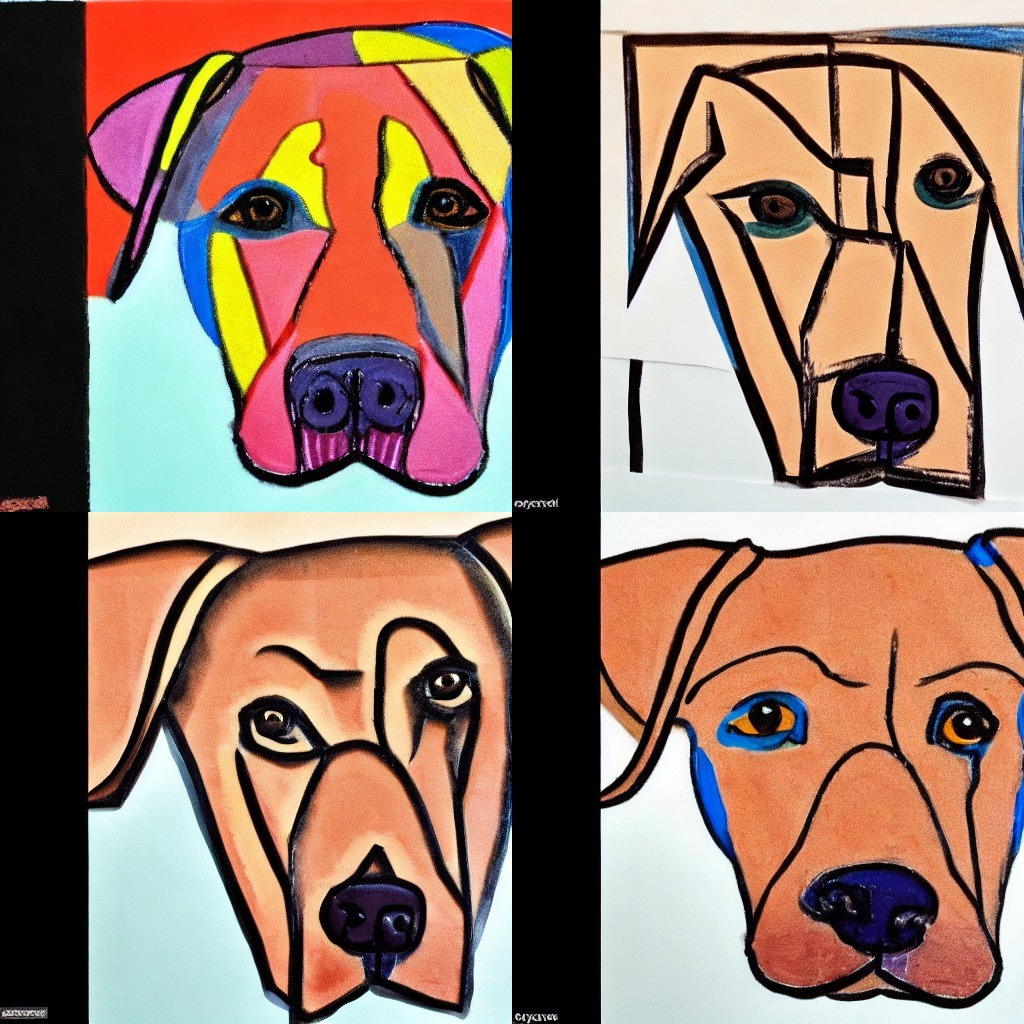| <!--Copyright 2024 The HuggingFace Team. All rights reserved. | |
| Licensed under the Apache License, Version 2.0 (the "License"); you may not use this file except in compliance with | |
| the License. You may obtain a copy of the License at | |
| http://www.apache.org/licenses/LICENSE-2.0 | |
| Unless required by applicable law or agreed to in writing, software distributed under the License is distributed on | |
| an "AS IS" BASIS, WITHOUT WARRANTIES OR CONDITIONS OF ANY KIND, either express or implied. See the License for the | |
| specific language governing permissions and limitations under the License. | |
| --> | |
| # Improve image quality with deterministic generation | |
| [[open-in-colab]] | |
| A common way to improve the quality of generated images is with *deterministic batch generation*, generate a batch of images and select one image to improve with a more detailed prompt in a second round of inference. The key is to pass a list of [`torch.Generator`](https://pytorch.org/docs/stable/generated/torch.Generator.html#generator)'s to the pipeline for batched image generation, and tie each `Generator` to a seed so you can reuse it for an image. | |
| Let's use [`runwayml/stable-diffusion-v1-5`](https://huggingface.co/runwayml/stable-diffusion-v1-5) for example, and generate several versions of the following prompt: | |
| ```py | |
| prompt = "Labrador in the style of Vermeer" | |
| ``` | |
| Instantiate a pipeline with [`DiffusionPipeline.from_pretrained`] and place it on a GPU (if available): | |
| ```python | |
| import torch | |
| from diffusers import DiffusionPipeline | |
| from diffusers.utils import make_image_grid | |
| pipe = DiffusionPipeline.from_pretrained( | |
| "runwayml/stable-diffusion-v1-5", torch_dtype=torch.float16, use_safetensors=True | |
| ) | |
| pipe = pipe.to("cuda") | |
| ``` | |
| Now, define four different `Generator`s and assign each `Generator` a seed (`0` to `3`) so you can reuse a `Generator` later for a specific image: | |
| ```python | |
| generator = [torch.Generator(device="cuda").manual_seed(i) for i in range(4)] | |
| ``` | |
| <Tip warning={true}> | |
| To create a batched seed, you should use a list comprehension that iterates over the length specified in `range()`. This creates a unique `Generator` object for each image in the batch. If you only multiply the `Generator` by the batch size, this only creates one `Generator` object that is used sequentially for each image in the batch. | |
| For example, if you want to use the same seed to create 4 identical images: | |
| ```py | |
| ❌ [torch.Generator().manual_seed(seed)] * 4 | |
| ✅ [torch.Generator().manual_seed(seed) for _ in range(4)] | |
| ``` | |
| </Tip> | |
| Generate the images and have a look: | |
| ```python | |
| images = pipe(prompt, generator=generator, num_images_per_prompt=4).images | |
| make_image_grid(images, rows=2, cols=2) | |
| ``` | |
|  | |
| In this example, you'll improve upon the first image - but in reality, you can use any image you want (even the image with double sets of eyes!). The first image used the `Generator` with seed `0`, so you'll reuse that `Generator` for the second round of inference. To improve the quality of the image, add some additional text to the prompt: | |
| ```python | |
| prompt = [prompt + t for t in [", highly realistic", ", artsy", ", trending", ", colorful"]] | |
| generator = [torch.Generator(device="cuda").manual_seed(0) for i in range(4)] | |
| ``` | |
| Create four generators with seed `0`, and generate another batch of images, all of which should look like the first image from the previous round! | |
| ```python | |
| images = pipe(prompt, generator=generator).images | |
| make_image_grid(images, rows=2, cols=2) | |
| ``` | |
|  | |